What to Expect from a KDIH Small-Group Battlefield Tour
For those new to KDIH, we hope this page will connect the dots between our battlefield tour philosophy and our small-group battlefield tour structure.
“As always I am pleased to learn from you both. The tours are a perfect balance of culture, battlefield detail, and camaraderie. Merci!”
Marty Lewis, from Michigan and a repeat customer.
Taking Clients into the Field
- First and foremost, a KDIH tour is designed to get participants into the field.
- On tour days, participants should expect to be “in the field” from 9:00am to around 5:00pm.
- We can modify this somewhat for adverse weather.
- Here is a link to our KDIH Clothing Guidelines FINAL.
- We endeavor to include walks of moderate length and duration (0-2 miles at a moderate pace).
- These walks help one appreciate the topography and explore the battlefield remains.
- Participants have the option to remain with the vehicle during these walks.
- Remembering the fallen is a key part of every KDIH battlefield tour.
- We visit the ABMC cemeteries as well as cemeteries of other nationalities.
- It is often possible to arrange for wreaths or flowers to be laid at the gravesite.
- We work in relatively few museum visits, as this takes time away from exploring the battlefield.
- On tour days, participants should expect to be “in the field” from 9:00am to around 5:00pm.
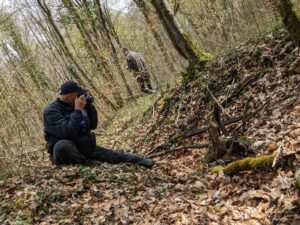
Guiding Small-group Battlefield Tours
- Our small-group tours are designed to enable maximum interaction between participants and guides.
- This model allows flexibility to tweak itineraries.
- For example: We had 13 participants in our December 2024 Ardennes Tour, representing the families of four servicemen in the Battle of the Bulge. We were able to visit sites of interest for each family.
- Size is generally limited to a maximum of 12 participants.
- Tours with 6 or more participants are guided by two guides, who are either Europeans or Americans who have spent years living in Europe.
- Guides speak at least two languages, know the region well, and have many contacts in the area.
- This is important when a problem arises or when one has a lot of cultural questions.
- For example, we were able to help one client get a prescription refill by working with a local French pharmacist and his American physician.
- We offer a higher guide-to-client ratio than one finds on most large bus tours.
- This model allows flexibility to tweak itineraries.
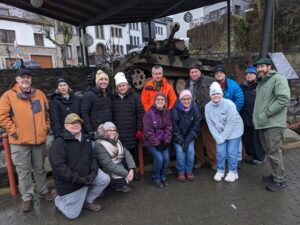
Promoting a Balanced View of both Sides
- Our guides are first and foremost military historians who conduct research using archives in various countries and languages and who know the battlefields well.
- This helps us to present a balanced view of both sides of the story.
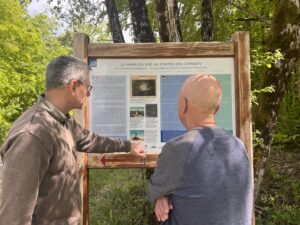
Offering Battlefield Tours for Passionate History Buffs
- The tours are offered for passionate history buffs.
- Spouses and mature young adults are welcome, but there will be limited down time for sightseeing and time off.
- When moving from one hotel to another, it will generally not be possible for a guest to remain in town.
- On longer tours we incorporate a few cultural stops. These can include visits to vineyards, breweries, specialty food producers, historic buildings, etc.
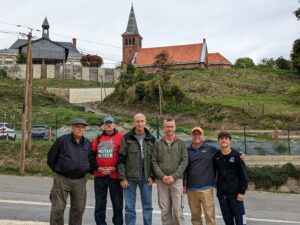
Bridging Cultures
- We emphasize bridging cultures and explaining the cultural differences to our American clients.
- Therefore, we generally select three-star hotel/restaurants that are family-owned and operated.
- We have also published a KDIH Hotel Guidelines FINAL to help participants bridge cultures.
- Dinners are traditional multi-course European meals, giving plenty of time to ask questions and exchange thoughts of the day’s activities.
- Therefore, we generally select three-star hotel/restaurants that are family-owned and operated.
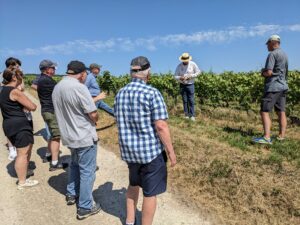
Miscellaneous
- Participants’ comfort is important to us. Regarding meals:
- Continental breakfast is served at the hotel.
- Lunches are sandwiches or box lunches eaten “in the field.”
- Dinner is a traditional mutli-course meal at the hotel restaurant or at a restaurant in town starting around 7:00pm. (This gives some down time after we return to the hotel.)
- Snacks of water, soda, fruit and sweets are available in the tour vehicles.
- Ready to explore our tour offerings? You can jump to our tours page using this link.
- Still have questions or concerns? Explore our Q&A page or email founder Randy Gaulke.
- Also, check out our recent client testimonials!